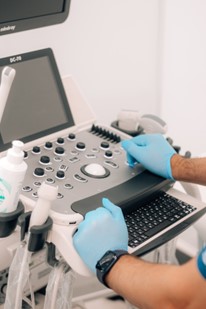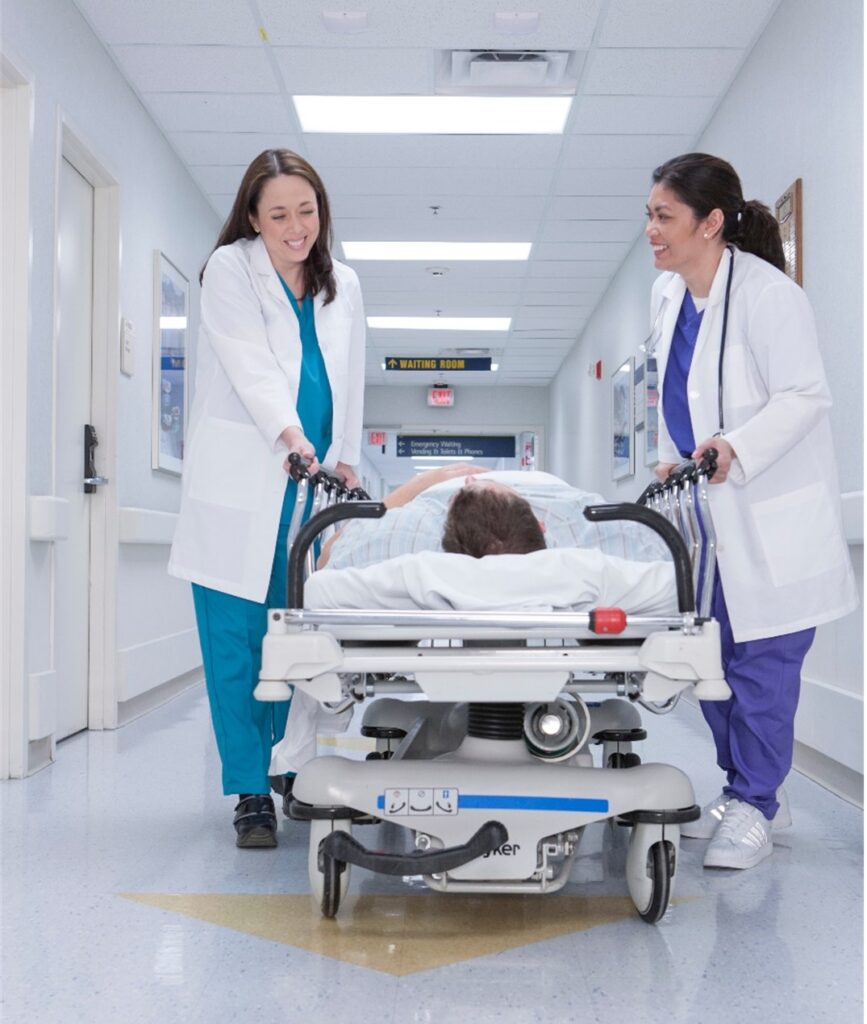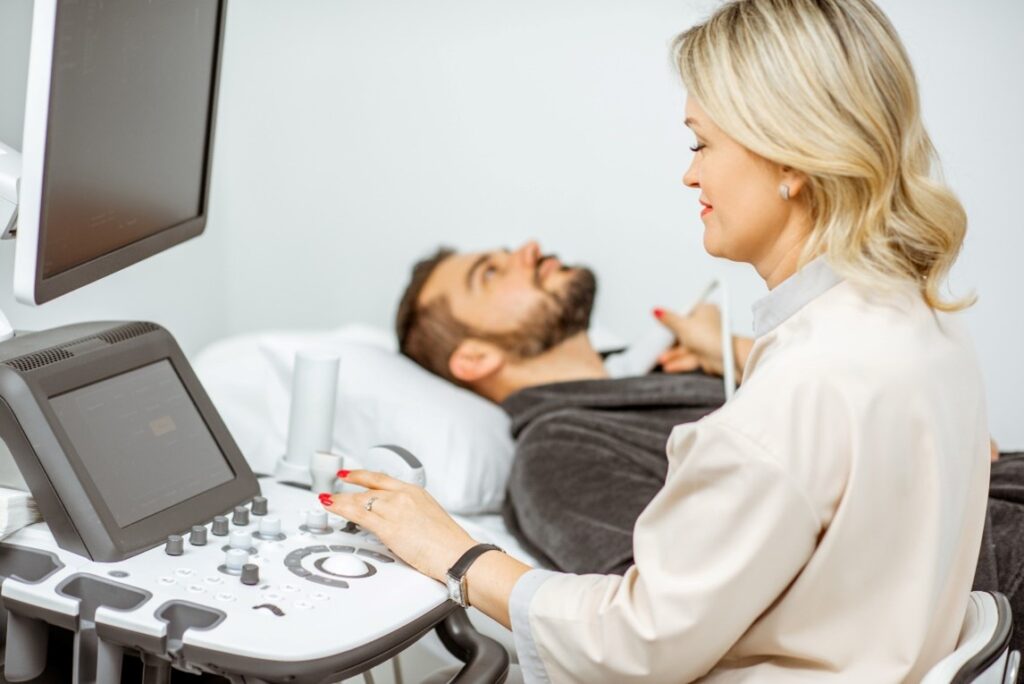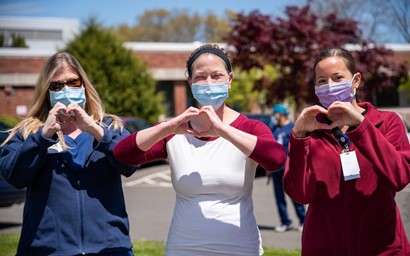
Are you ready to play a crucial role in the world of Diagnostic Medical Sonography? At the International College of Health Sciences, obtaining an Associate of Science in the Diagnostic Sonography (ASDS) program equips individuals with the skills needed to utilize ultrasound technology to produce images of internal body structures, aiding physicians in improving patient care.
The ASDS Program
Diagnostic Medical Sonography is a rapidly growing field with a steady demand for skilled professionals. The specializations in the field allow individuals to follow their interests and expertise, whether in Obstetrics and Gynecology, Cardiac, or Vascular Sonography. By choosing this exciting education and career journey, you are joining a dynamic and rewarding profession where each day brings new challenges and opportunities to make a meaningful impact on your life and the lives of others.
Program Structure
The ICHS Diagnostic Sonography program is a comprehensive post-secondary program designed to provide the essentials of entry-level sonographic medical imaging. This 24-month hybrid program, available in both full-time and part-time formats, leads students through primary sonographic education with concentrations in Cardiac, General Diagnostic Medical Sonography, or Vascular modalities.
The curriculum includes general education courses such as General Physics, Anatomy & Physiology with labs, Algebra, Psychology, English, Statistics, Computer Concepts, and Fundamentals of Speech. It is designed to provide the competency-based, outcome-oriented, sequential didactic, and scheduled laboratory and clinical activities necessary to achieve the program goals. Significant time is devoted to developing hands-on laboratory skills in basic patient care and sonographic imaging techniques.
Specializations
Cardiac Sonography Elective
The cardiac sonography elective prepares students to perform quality diagnostic echocardiograms interpreted by cardiologists. This elective provides in-depth understanding of anatomy, medical terminology, hemodynamics, Doppler modalities, and pathophysiology. The curriculum includes professionalism and medical ethics to promote excellent patient care and safety. Graduates are eligible to take the ARDMS or CCI exams.
Vascular Sonography Elective
The vascular sonography elective prepares students to perform diagnostic quality vascular ultrasound examinations. This includes examinations of the cerebrovascular, upper and lower extremities, venous and arterial systems, and abdominal vasculature. Students will learn the anatomy, physiology, and pathophysiology of the human body’s vasculature and provide accurate technical impressions to the interpreting physician. Graduates of this elective are also eligible to take the ARDMS or CCI exams.
General Diagnostic Medical Sonography Elective
The general diagnostic medical sonography elective prepares students to perform quality diagnostic studies, including abdominal, small parts, obstetrical, and gynecological sonography. The curriculum emphasizes hands-on laboratory skills, professionalism, and medical ethics to ensure excellent patient care and safety. Graduates will be eligible to take the ARRT board exam.

Program Outcomes
Graduates of the ASDS program at ICHS will be proficient in:
- Maintaining patient care and safety.
- Preparing for and performing specific sonographic procedures in their chosen modality.
- Evaluating sonographic findings.
- Completing post-procedural activities.
- Applying principles of physics and hemodynamics.
- Demonstrating professionalism and collaboration within the healthcare setting.
Preparing for Your Future
Upon completing the program, graduates can pursue professional certification exams, including the ARDMS, CCI, or ARRT exams, tailored to their chosen specialization. Earning these prestigious credentials is crucial for advancing in the field of Diagnostic Medical Sonography and upholding the highest standards of patient care.
This program not only prepares you for immediate entry into the healthcare field but also opens doors for further specialization and advancement. Become a part of a profession dedicated to improving patient outcomes through advanced medical imaging technology.











